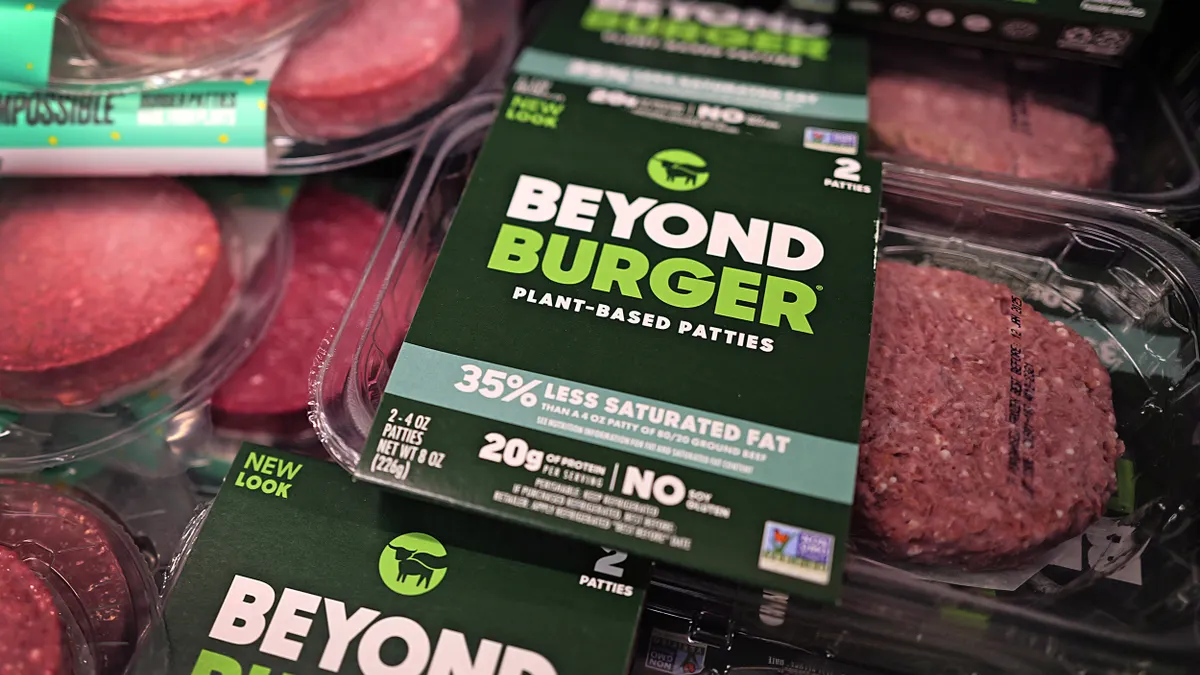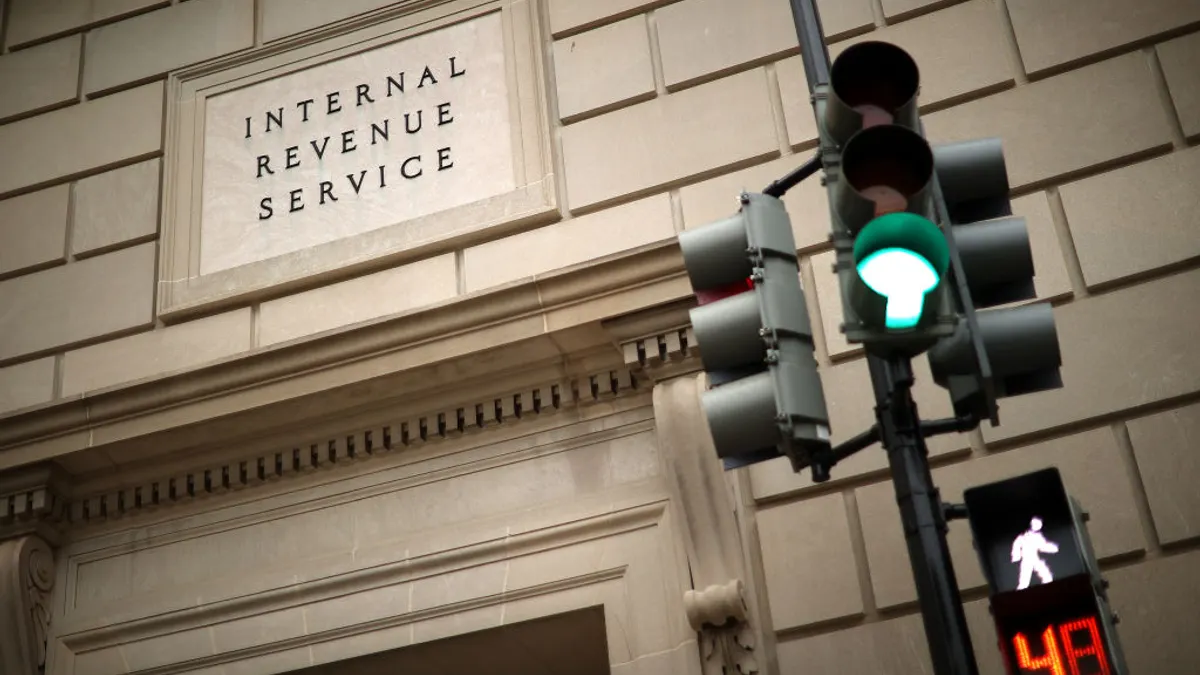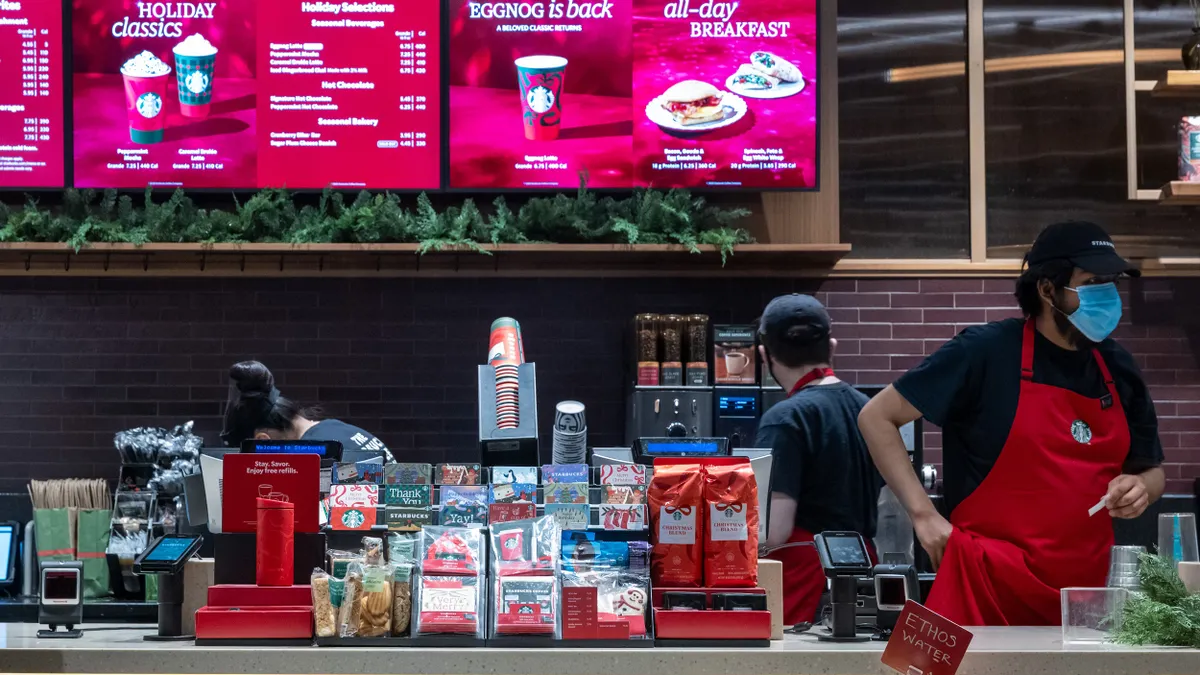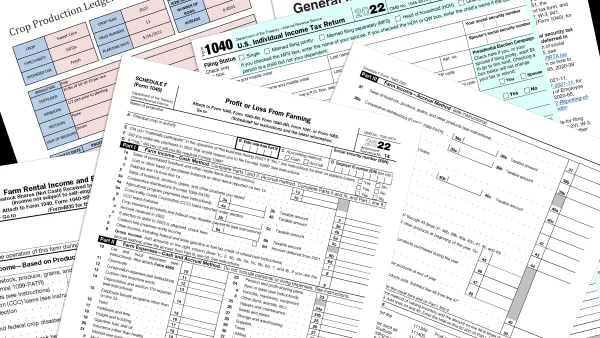Since the start of the pandemic, cash flow forecasting has gone from being challenging to nearly impossible.
Historical cash flow trends have gone out the window, and for most companies, the dramatic change in revenues and costs couldn’t be imagined. Many retailers, for example, moved into virtually unchartered ecommerce territory. Even the likes of Amazon and Walmart couldn’t anticipate the rapid change in buying patterns and the potential growth in sales that would lie ahead. By the end of 2020, online shopping in the United States increased by 44%, to $861.02 billion, the highest annual ecommerce growth in two decades. Online sales now account for 21.3% of total retail sales.
In one year, Amazon’s online retail sales grew 37.6% from $280.52 billion in 2019 to $386.06 billion in 2020. This compares to a year-over-year increase between 2018 and 2019 of 20%.
Walmart also showed an unexpected revenue boom as shoppers moved from their bricks and mortar stores to online channels. In 2019, the retail giant’s sales grew by 1.8% over 2018, and in 2020, by 6.7%.
Similarly, companies operating in the healthcare market couldn’t foresee the change in cash flow that was about to come. For Tente Casters North America, the U.S. division of a manufacturing conglomerate headquartered in Germany, medical supply sales skyrocketed, operating costs were changing in real time, and input pricing for materials was uncertain. In just four weeks over March 2020, order intake in their medical products vertical increased by an 252% — an amount they couldn’t have predicted.
“We had to rearrange production lines to focus on medical products to keep up with demand, add head count and reach out to different sources of supply for component parts, even if it meant at a higher cost, CFO Pierce Kohls told CFO Dive. “Forecasts of inflows and outflows would change by the month.”
In other companies, like Midwest Industrial Supply, sudden swings in commodity and input prices during COVID would test even their most sophisticated forecasting models to the max.
Midwest is a privately owned U.S.-based company providing de-icing, erosion and soil stabilization services to mining, construction, mass transit and other heavy industries. At the best of times, forecasting revenues beyond a three-month horizon was a challenge. “To a large degree, demand for our services depends on things like commodity prices and raw-materials demand,” CFO Mark Schoolcraft said.
Midwest uses different forecasting methods for each business unit, combining historical data and linear regression models with predictive analytics. However, “the forecasting challenge with COVID,” Schoolcraft says, “is that it comes with effects that history won't tell us.”
Missing the mark
All this volatility is the enemy of accurate cash flow forecasting and effectively managing working capital, says Dr. Howard Johnson, managing director at Duff & Phelps, a Kroll business. “For example, if you get your sales and expected receivables wrong, this impacts your cash conversion cycle, which has a lot of secondary implications,” he said. “During COVID, customers [haven’t been] paying as quickly because they’re experiencing their own cash flow problems. So, we’ve seen a lot of cases where working capital has expanded at a faster rate than revenues, and this causes a cash flow crunch, particularly for growing businesses.”
In an example Johnson provided, if sales are escalating at 20%, but because customers are taking longer to pay, receivables might be expanding at 30%, which will drain cash. As a result, “companies have to be very proactive with their lending institutions in order to ensure they have adequate debt capacity to facilitate their rolling working capital requirements.”
Inaccurate cash flow forecasts aren’t just an operational problem; they can hinder the sale of the business.
Valuation trouble
If companies aren’t getting the cash flow forecast right, their ability to put a value on the company if they’re preparing to sell the business is made more difficult, Johnson says. “If budgets and forecasts are not achieved because of volatility, it has a downward influence on valuations because credibility is shot,” he says.
So, how can CFOs improve their cash flow forecasts under high volatility?
“The first rule about forecasts is that, you know they're going to be wrong,” says Johnson. But a properly done forecast, which includes meaningful sensitivity analyses, can go a long way to getting closer to the mark.
“It’s well worth the time and effort for CFOs to develop a very comprehensive cash flow model for their organizations,” he says. “I think it's important to forecast cash flows by estimated revenue by product, by customer, by currency, and by breaking down operating costs between fixed and variable and other categories. If there are certain variables, like key input prices that could fluctuate dramatically, having a proper sensitivity analysis can help.”
Even though the forecast might not be perfect, it helps the CFO with the company’s lending partners.
The other benefit of that approach is that the CFO can extract some highlights and present them to his or her colleagues and that can be a very effective tool for getting everyone thinking about the importance of cash flow monitoring.
“At the end of the day, adding more detail to the cash flow forecast can help executives manage the type of volatility we’ve seen over the past two years and makes the CFOs job a bit easier,” Johnson says.



















